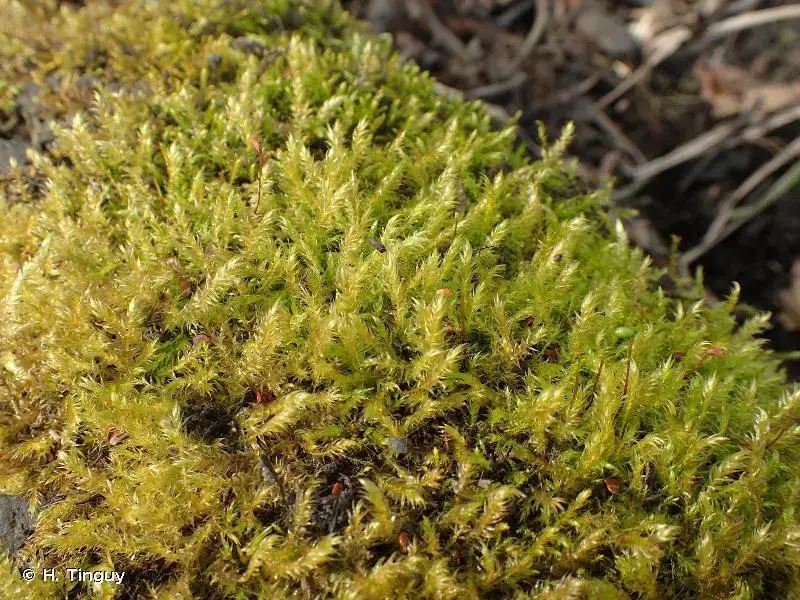
185765.jpg from: https://inpn.mnhn.fr/espece/cd_nom/5444
Introduction
Welcome to the fascinating world of Bryophyta, the division of non-vascular plants that includes mosses, liverworts, and hornworts. Today, we’ll delve into the captivating realm of Leptodictyum riparium (Hedw.) Warnst., a moss species belonging to the Amblystegiaceae family, commonly known as Leptodictyum. Prepare to be enchanted by the intricate beauty and resilience of this unassuming yet remarkable plant.
Background
Before we dive into the specifics of Leptodictyum riparium, let’s set the stage with a brief overview of mosses. These diminutive plants are often overlooked, but they play a crucial role in various ecosystems worldwide. Mosses are classified as Bryopsida, a class within the Bryophyta division, and they are among the oldest land plants on Earth, dating back over 400 million years.
Main Content
Morphology and Identification
Leptodictyum riparium is a small, delicate moss that forms dense, green to yellowish-green mats or tufts. Its slender stems are typically 1-5 cm tall, and the leaves are 1-2 mm long, lance-shaped, and arranged in a spiral pattern around the stem. One of the distinguishing features of this moss is its double costa (midrib) that extends beyond the leaf tip, forming a short awn or hair-like projection.
Global Distribution and Habitat
Leptodictyum riparium is widely distributed across the Northern Hemisphere, including Europe, Asia, and North America. It thrives in wetlands, stream banks, seeps
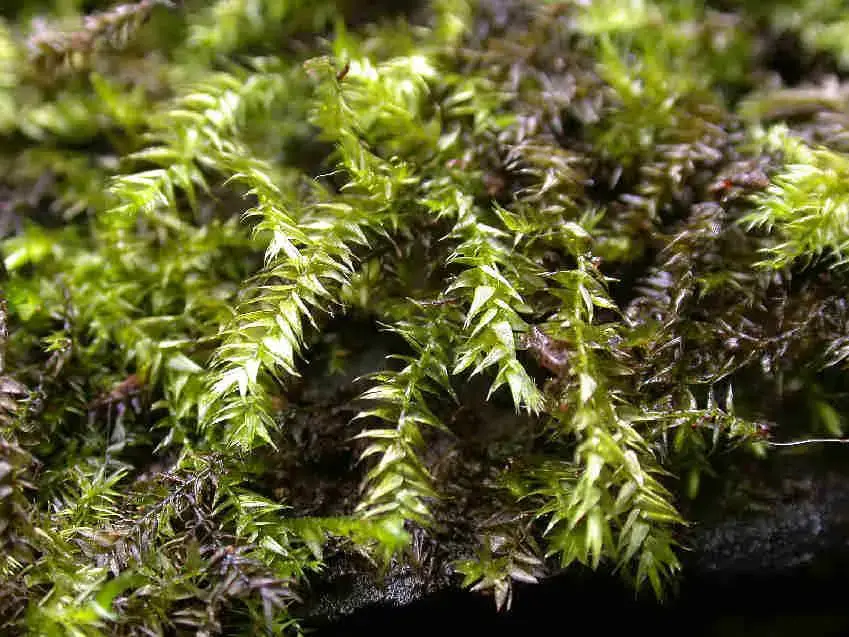
Leptodictyum_riparium_001.JPG from: https://cisfbr.org.uk/Bryo/Cornish_Bryophytes_Leptodictyum_riparium.html
, and other moist habitats, often forming lush carpets along the edges of water bodies. This moss prefers calcareous (calcium-rich) environments and is commonly found in areas with a steady supply of water and moderate to high levels of humidity.
Ecological Roles and Adaptations
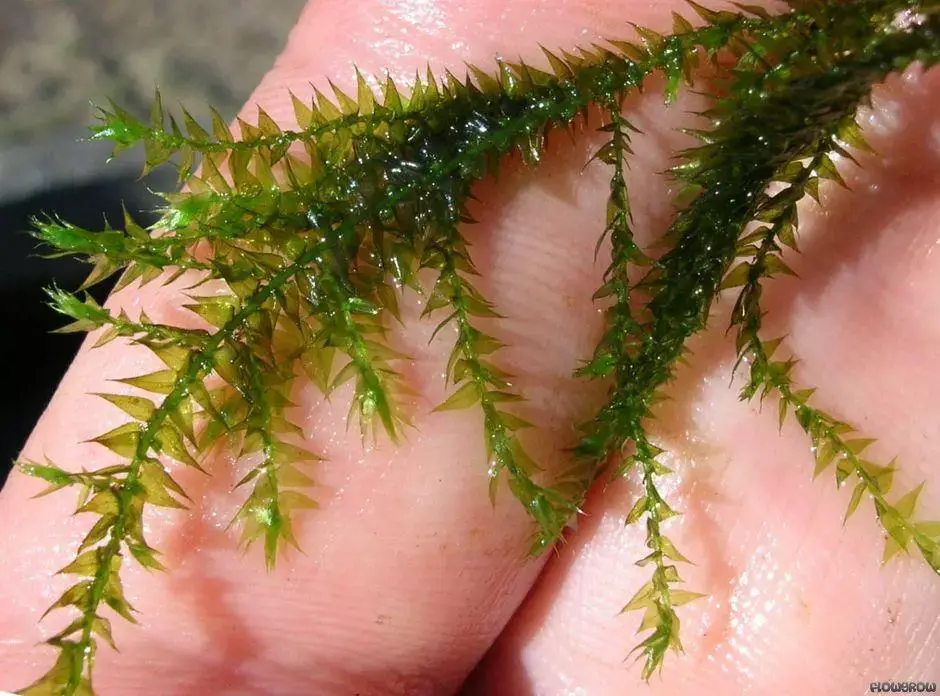
Leptodictyum%252520riparium%25252002.jpg from: https://www.clasbio.ru/ap/aquarium_plant.php?id=474219
Despite its small size, Leptodictyum riparium plays a vital role in its ecosystem. It helps stabilize soil, retains moisture, and provides a microhabitat for various invertebrates and microorganisms. Additionally, this moss contributes to the cycling of nutrients and serves as a food source for some herbivores.
One of the remarkable adaptations of Leptodictyum riparium is its ability to withstand periodic desiccation (drying out) and rapidly rehydrate when water becomes available again. This resilience is due to the presence of specialized cells called hyaline cells that act as water reservoirs, allowing the moss to quickly absorb and retain moisture.
Case Studies/Examples
In a study conducted in the United Kingdom, researchers found that Leptodictyum riparium played a crucial role in maintaining the biodiversity of calcareous spring habitats. The moss provided a suitable microhabitat for various invertebrate species, including rare and endangered ones, highlighting its importance in conservation efforts.
Technical Table
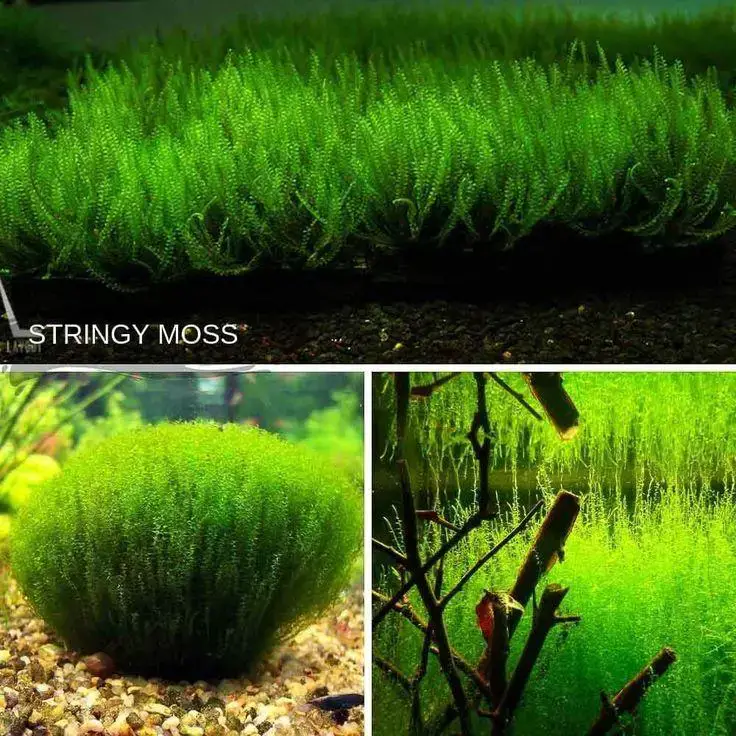
6247f151351ba09fd324ddae53751942.jpg from: https://www.pinterest.com.au/pin/stringy-moss-leptodictyum-riparium–128282289373476812/
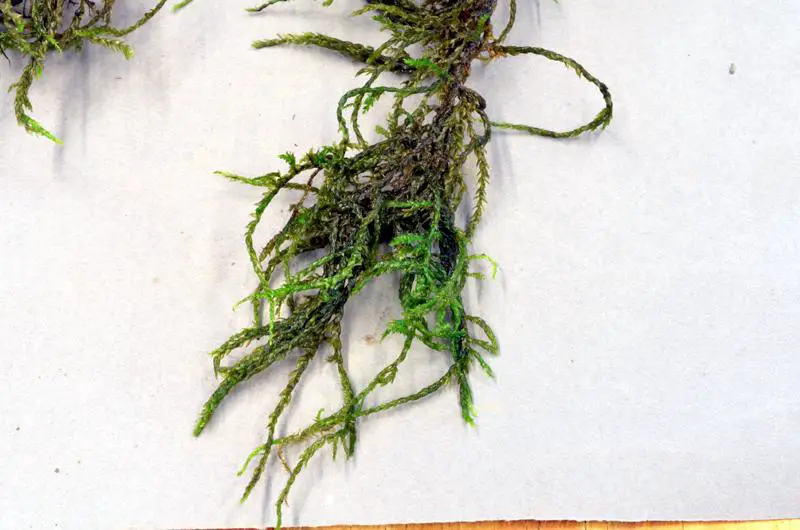
L.-riparium-AH-279-2.jpg from: https://sites.cortland.edu/bryophytes/field-guide/mosses/pleurocarp/leptodictyum-riparium/
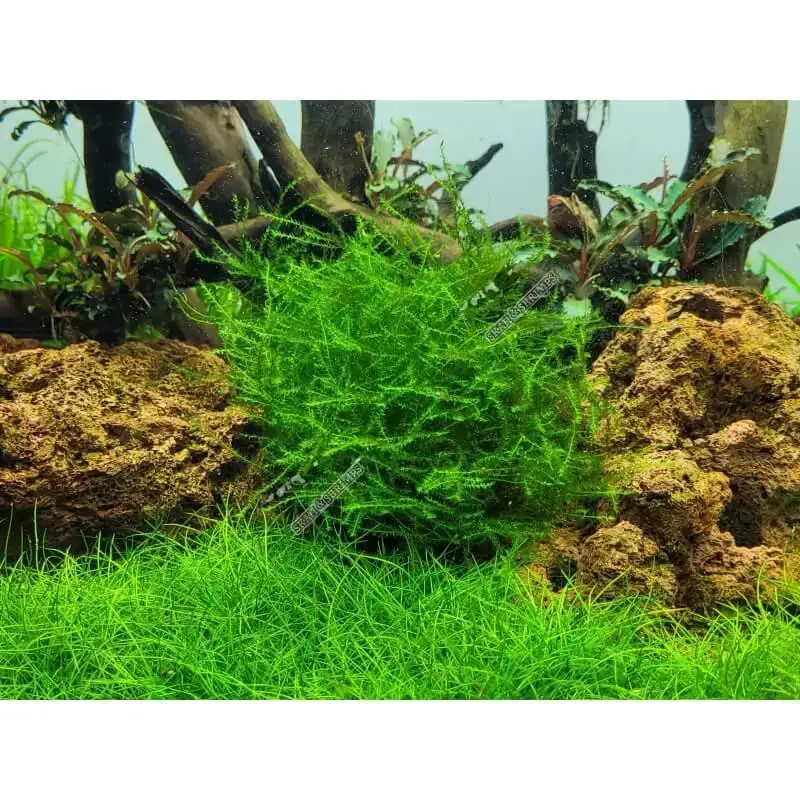
stringy-moss-in-vitro.jpg from: https://www.skaii-and-shrimps.fr/mousses/1762-stringy-moss-in-vitro.html
| Characteristic | Description |
|---|---|
| Phylum | Bryophyta |
| Class | Bryopsida |
| Order | Hypnales |
| Family | Amblystegiaceae |
| Genus | Leptodictyum |
| Species | riparium
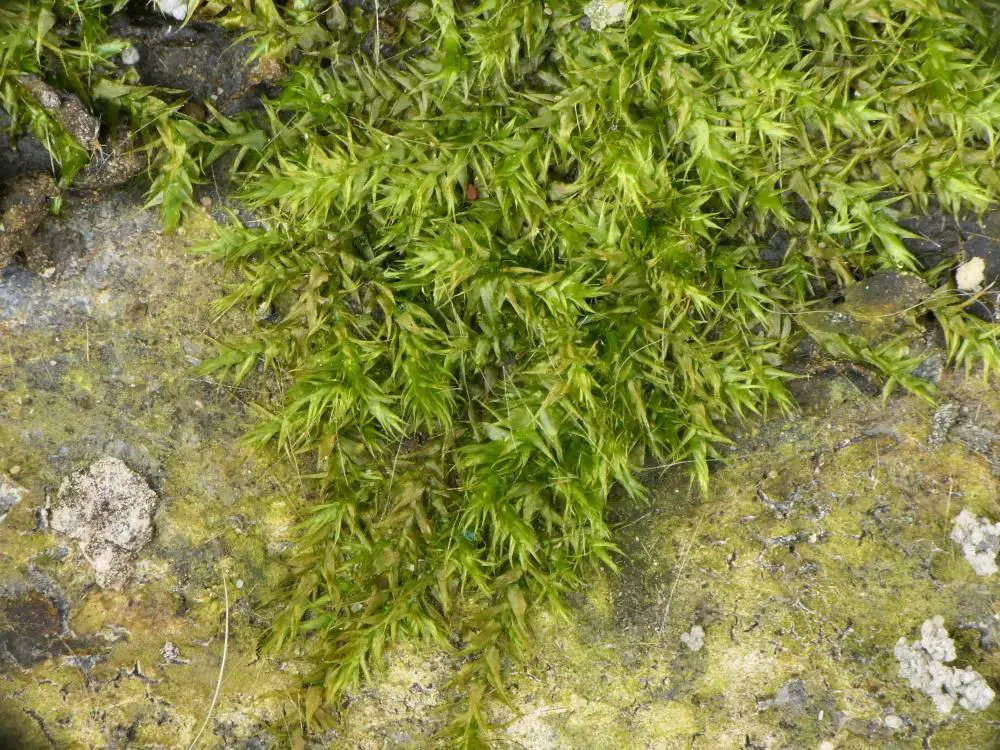 63598043.jpg from: https://waarneming.nl/waarneming/view/266107199 |
| Common Name | Kneiff’s Feather Moss |
| Growth Form | Dense mats or tufts |
| Stem Height | 1-5 cm |
| Leaf Length | 1-2 mm |
| Leaf Shape | Lance-shaped |
| Leaf Arrangement | Spiral |
| Costa | Double, extending beyond leaf tip |
Conclusion
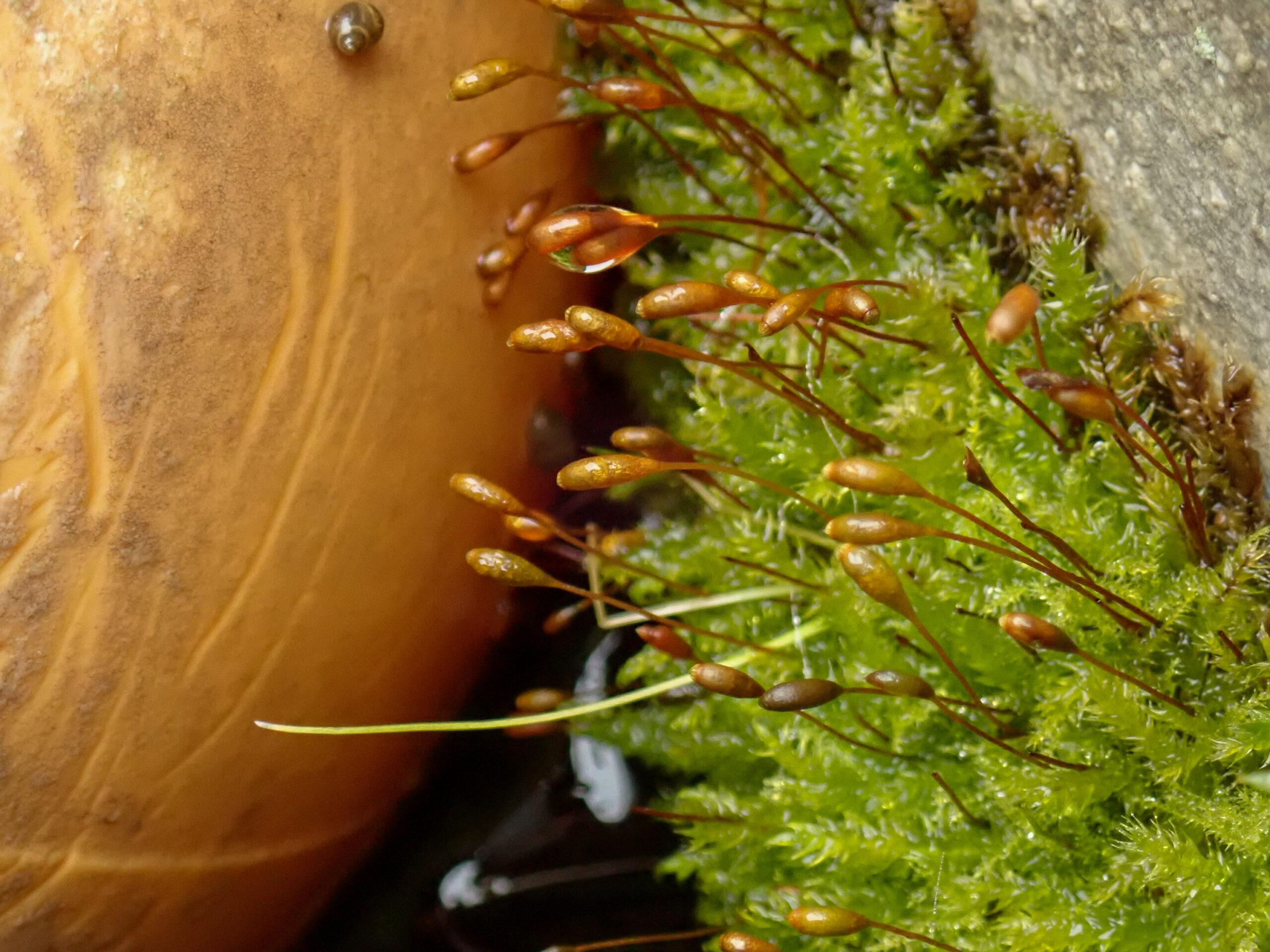
Leptodictyum-riparium_Huish_VC7-3-scaled.jpg from: https://www.britishbryologicalsociety.org.uk/learning/species-finder/leptodictyum-riparium/
Leptodictyum riparium, a unassuming yet remarkable moss, has captured our attention with its intricate beauty, resilience, and ecological significance. From stabilizing soil to providing microhabitats for diverse organisms, this tiny plant plays a vital role in its ecosystem. As we continue to explore and appreciate the wonders of the natural world, let us ponder this thought-provoking question: How can we better protect and preserve the delicate balance of these intricate ecosystems, ensuring the survival of species like
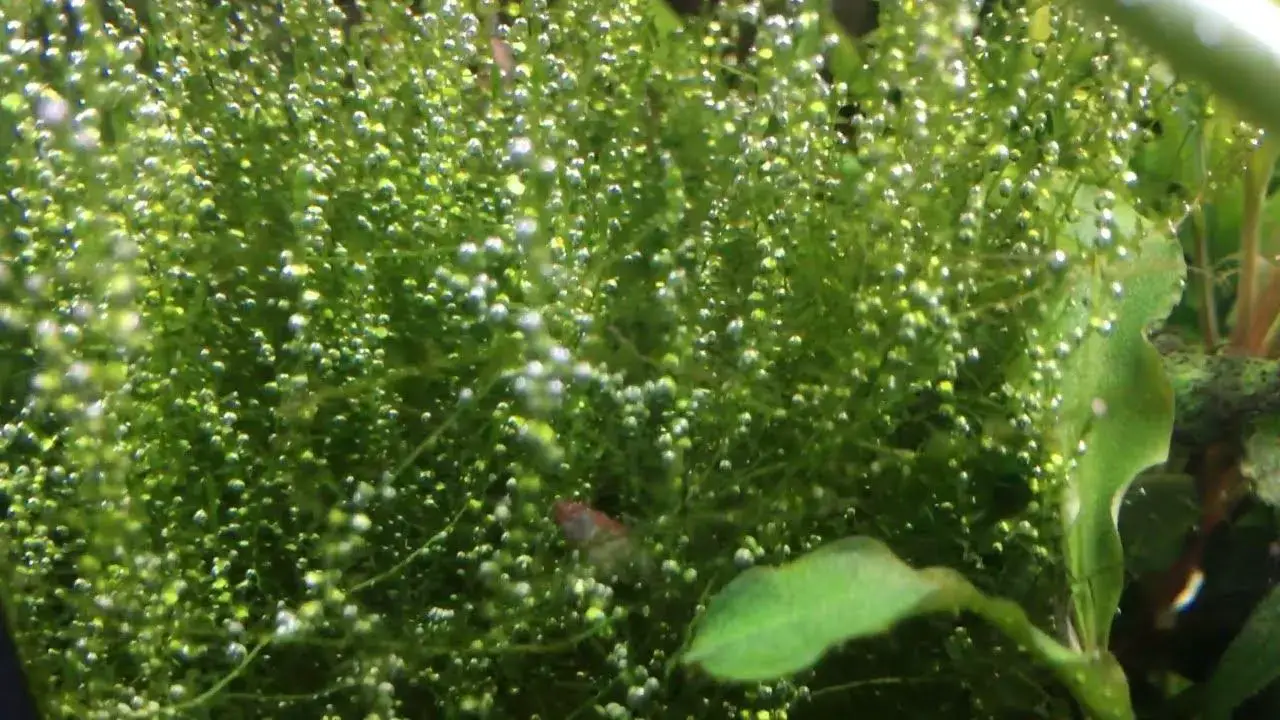
maxresdefault.jpg from: https://www.youtube.com/watch?v=fFS9ltlzXfs
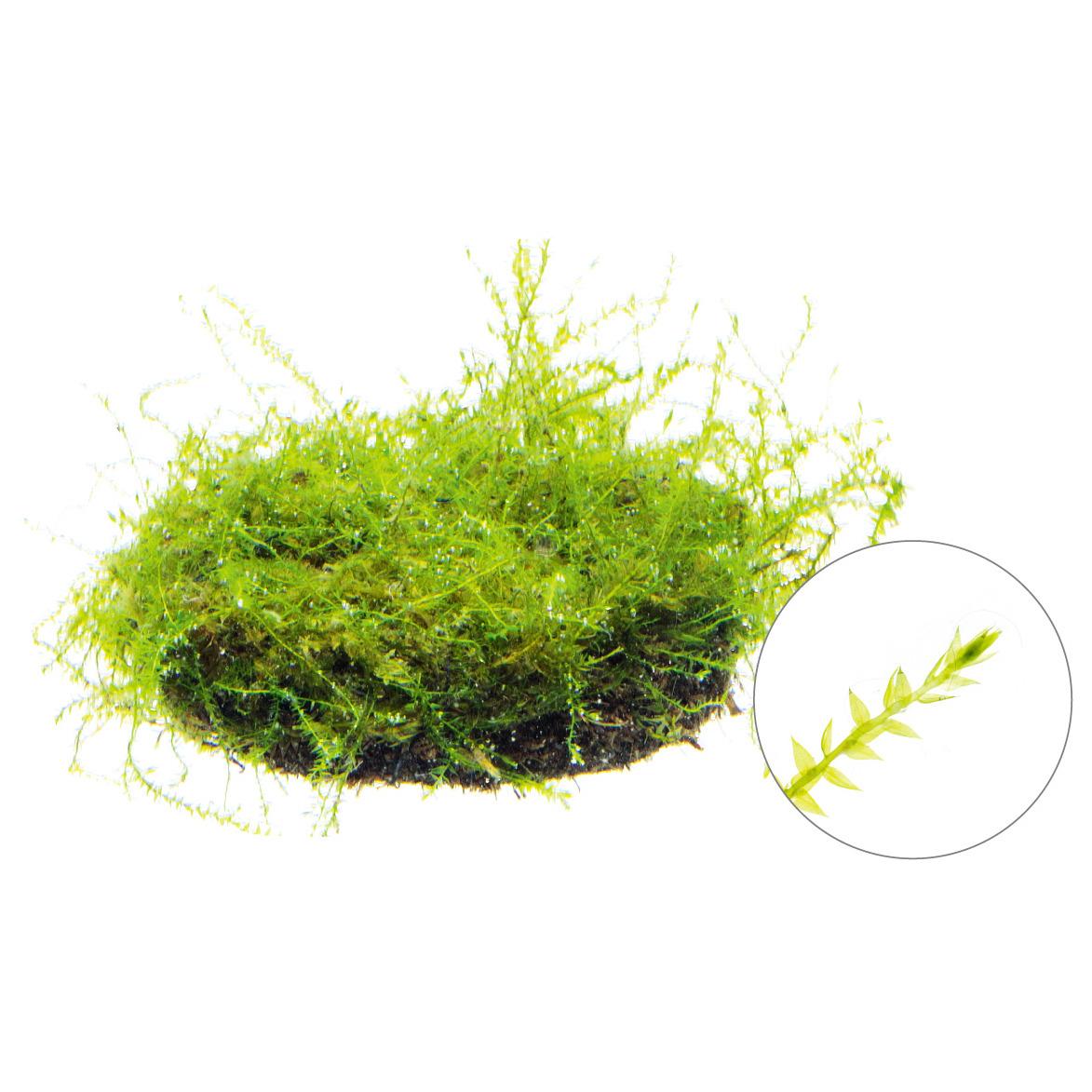
mech_stringy_moss_(leptodictyum_riparium)_tropica_in_vitro_12grow-i-3192-4-2000.jpg from: https://sklep.roslinyakwariowe.pl/mech-stringy-moss-leptodictyum-riparium-opakowanie-p-3192.html
Leptodictyum riparium for generations to come?